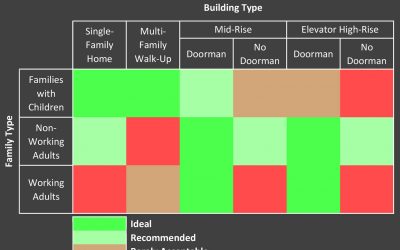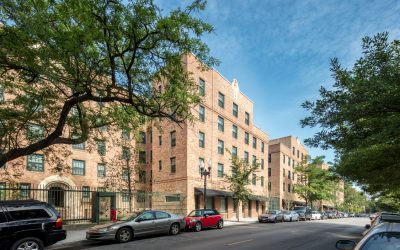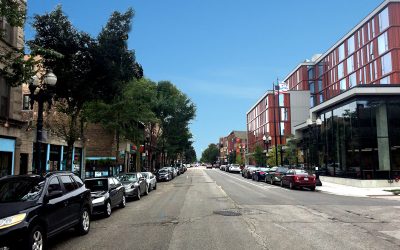Spurring Development through Equitable Policy Implementation
Part 4: Leveraging our Transit Assets to Grow Communities
The Transit-Oriented Development Ordinance (TOD) is another policy that was written with altruistic intents. It aimed to improve the affordability and sustainability of new construction near transit. It is undeniable that reducing the number of required parking spots has been an improvement compared to previous requirements. New development along transit lines had been required to build the same amount of parking as those in car-dependent areas. These parking spaces decrease the affordability of neighborhoods and are often rented out either by the day or by the month. This is primarily because the demand for parking in transit adjacent buildings is not a 1:1 ratio.
“Transit Served Location”
The first TOD ordinance was passed in 2013, creating an overlay of density & parking adjustments for “Transit Served Locations.” Defined as any B or C zoned parcel classified as dash three within 600 feet of a rail station. The distance limit increased to 1,200 feet if the development was on a designated pedestrian street. The overlay reduced the ratio to .5 parking spaces per unit. However, because of the last-minute amendment, developments could only build less than that ratio if they were on a Pedestrian Street AND they filed for an administrative adjustment. This regulatory barrier reduced the number of projects that were proposed close to stations.
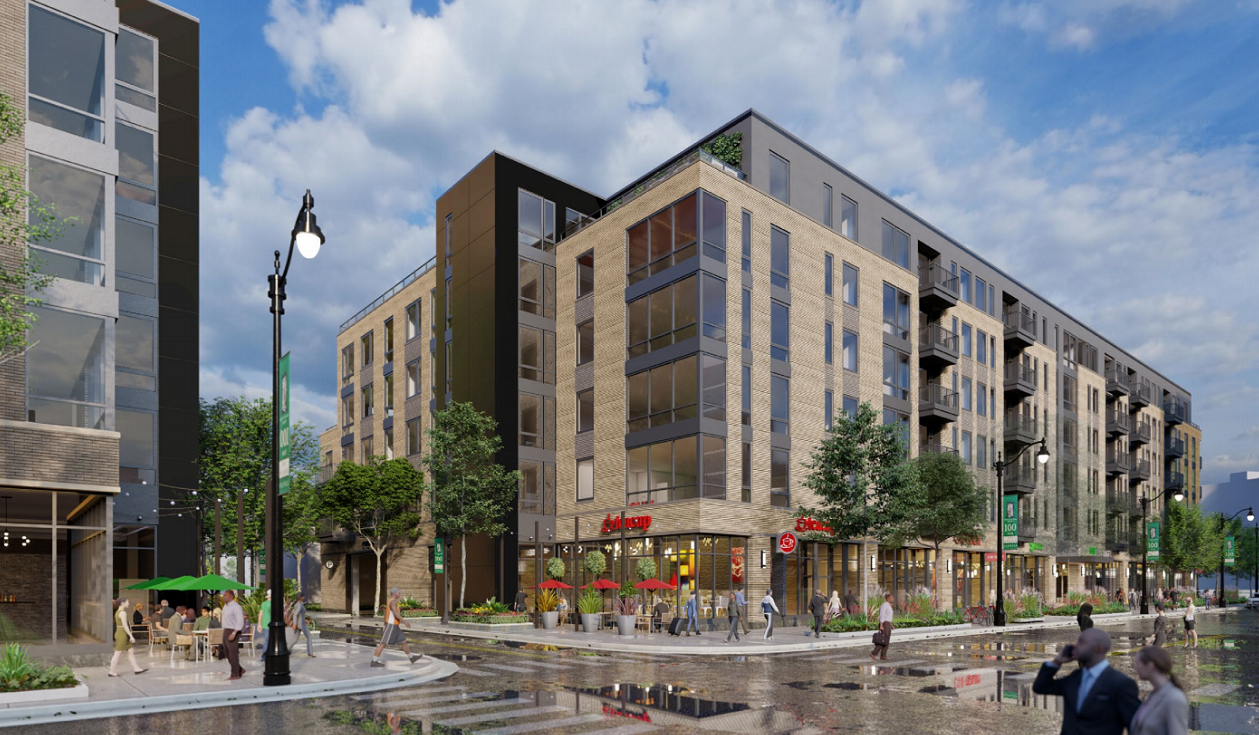
Southbridge Phase 1, a transit oriented development on the former site of the Harold Ickes Homes.
In 2015 this amendment was eliminated, allowing the parking requirement for any Transit Served Location to be reduced to zero. The distances from a station on a regular street or a pedestrian street were also increased to 1/4 of a mile and 1/2 of a mile, respectively. The increased distance allowable from transit on Pedestrian Streets is beneficial but problematic.
Transitive Inequity
It’s great that it allows more walkable development to be built in areas that already have walkable retail. The problem is that the designations that preserve & support this walkability are not equitably distributed. This scenario meant that these increases were more likely to apply to communities that were already grappling with gentrification. Merely because a higher percentage of Transit Served Locations were located in these areas.
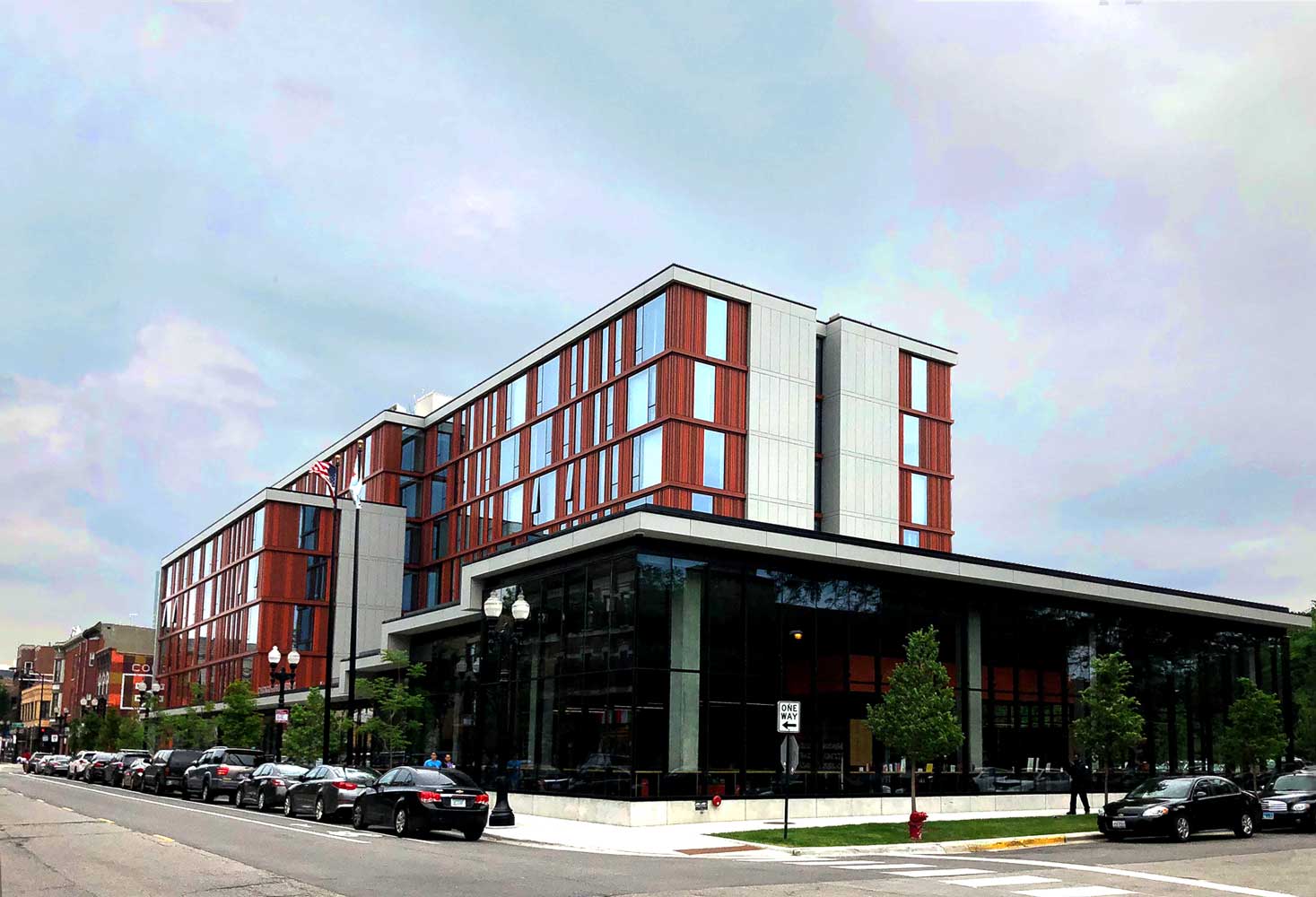
Taylor Street Apartments and Little Italy Library, a project made possible as a TOD due to the Taylor Pedestrian Street Designation
Eight-thousand units have been built by taking advantage of this ordinance. Less than 500 have been constructed in areas that are not downtown or on the north side portions of the Blue, Red, & Brown Lines. The positive side is that delivering more apartments in these parts of town has partly addressed housing demand. This also meant that more affordable housing was constructed than otherwise would have been built under previous zoning regulations. More than twice as many affordable units have been or are planned to be built in the north side and downtown as part of the TOD program than the total number of units that have been or are planned to be built in the rest of the city. However, these benefits were not reaching all communities.
Expanding the Program in the Name of Equity… Kind Of
The TOD ordinance was recently expanded to include high capacity bus routes that cover a broader swath of the south side to address that inequaility. This gives an opportunity to lower the barriers to new walkable development in these areas. However, very few parcels are zoned dash three that are not within the area covered by the bus expansion.
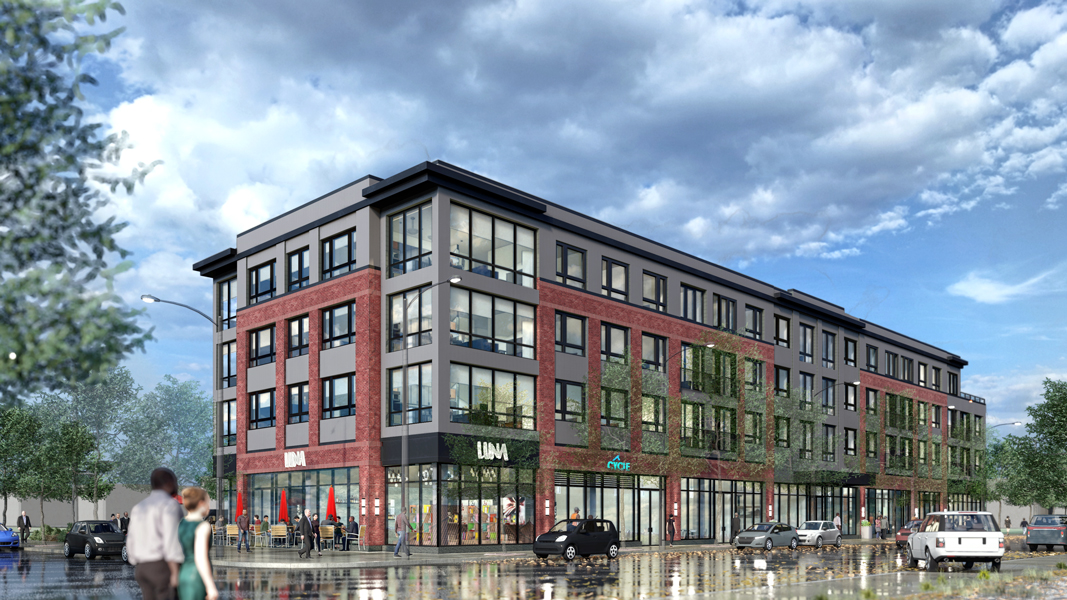
534 E. Pershing, a transit-oriented development made possible by the TOD Ordinance amendment to include bus corridors
- Only 10 Corridors Were Included.
There still aren’t enough bus routes included, so many neighborhoods are still being left out.
It’s great that the #39 Pershing bus is included in the expansion. However, there are dozens of south side buses, which have a higher ridership per mile, that were not included. Some of these corridors have a higher concentration of dash 3 zoned parcels that are primed for transit-oriented development. - Few Pedestrian Streets.
The lack of pedestrian streets on the south side further reduces the potential impact of these development incentives. - Rezonings Are Expensive.
Rezonings costs are an even more significant barrier to the potential impact of this change. These costs have stifled new TOD projects on the existing L lines that serve the south and west sides. As Ghian Foreman of the Emerald South Economic Development Collaborative said in this piece by WBEZ, “We don’t have a real estate problem. We have a finance problem.”
Not to mention the feuding about equitable reforms to south side Metra fares and service levels. Bigger thinking is needed.
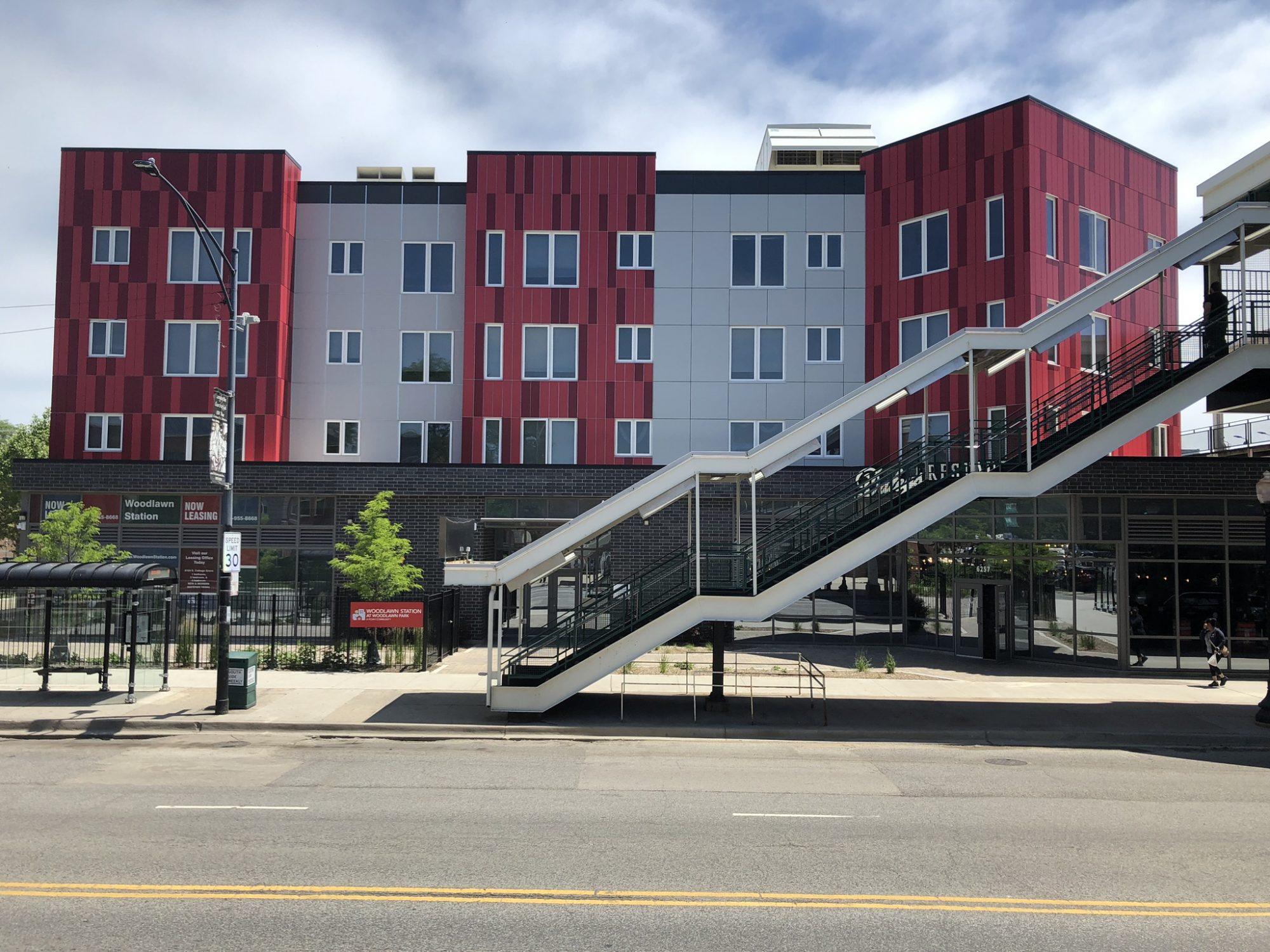
Woodlawn Station, the southernmost TOD to be approved in the City of Chicago at the time of publication…at 63rd St.
Why It’s Important to Get it Right
Setting up the ground rules to clear the way for walkable urbanism in a granular fashion will require coordination. Something innovative will be needed from every city department. Not to mention a whole suite of interconnected policies, incentives, regulations, and investments from the rest of our public and private sectors. We all have to support and demand such an ambitious endeavor because the status quo is imbalances. If we can spur a realignment of capital, then we can start to undo a century of missed opportunities. Failures that have concentrated demand in small areas while decimating large parts of our city’s south and west sides.
Part Four of Four
This post is the last of four total posts in Nia’s Leadership blog. In the past three posts, we discussed the two ordinances and
- How they were first developed to address development issues in gentrifying and high development areas.
- How they have been adjusted to reduce barriers to development in low to moderate-income areas,
- What additionally can be done to get all the way there.
Update from Previous Article: Mayor Lightfoot has appointed the 20 person panel for the Inclusionary Housing Task Force, including partners that we have worked with on transit-oriented development housing projects. They will meet over the next six months & hopefully come forth with a recommendation by the middle of next year.
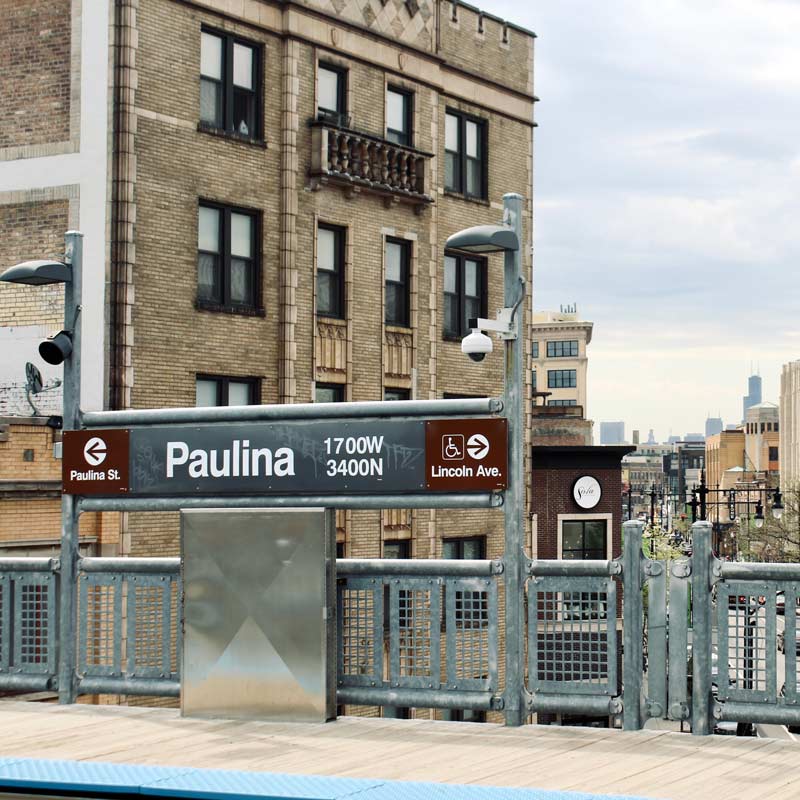
About Author

Jacob Peters
Urban Designer / Project Designer
Jacob is a designer of urban and architectural projects at Nia. Jacob grew up and has lived most of his life in the City of Chicago. His training in architecture, his training in urban design, and his passion for improving cities combined with intimate knowledge of the City of Chicago makes him extremely insightful.
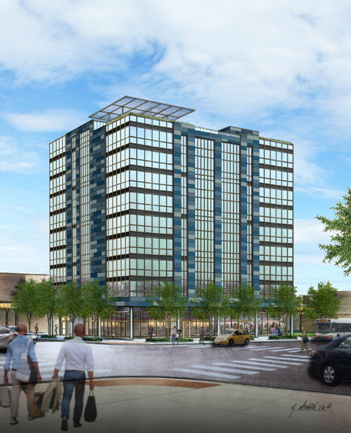
23rd and State, a proposal from Nia Architects for a mixed-income TOD tower as part of the redevelopment of the former Harold Ickes Homes. All of the images in this article are transit-oriented developments on the south and west sides of Chicago that Nia Architects have been involved in the design of.
Related Posts
Ideal Architectural Housing Types for Different Lifestyles
Ideal Architectural Housing Types for Different Housing Families A look at Oscar Newman's suggestions for which building types are ideal for each individual and family size or lifestyle.Oscar Newman was an architect and a city planner who extensively studied public...
Spurring Development through Equitable Policy Implementation Part 3: Every Neighborhood Needs Affordable Housing
Spurring Development through Equitable Policy Implementation Part 3: Every Neighborhood Needs Affordable Housing In Chicago, the Affordable Requirements Ordinance (ARO) is a form of inclusionary zoning. The ARO aims to leverage market-rate developments to provide long...
Spurring Development through Equitable Policy Implementation Part 2: Why Isn’t Every Chicago Street a Pedestrian Street?
Spurring Development through Equitable Policy Implementation Part 2: Why Isn't Every Street a Pedestrian Street?In most of the world, the term "pedestrian street" means a street where cars are not allowed. Cafes sprawl across a brick-paved promenade with maybe a...
Contact Us
Address
Chicago, IL 60607

